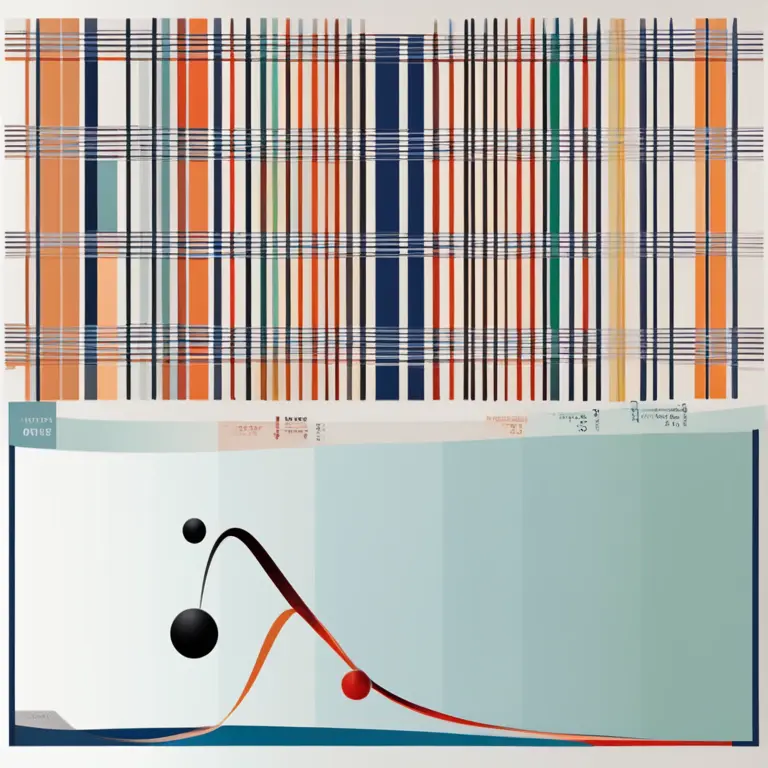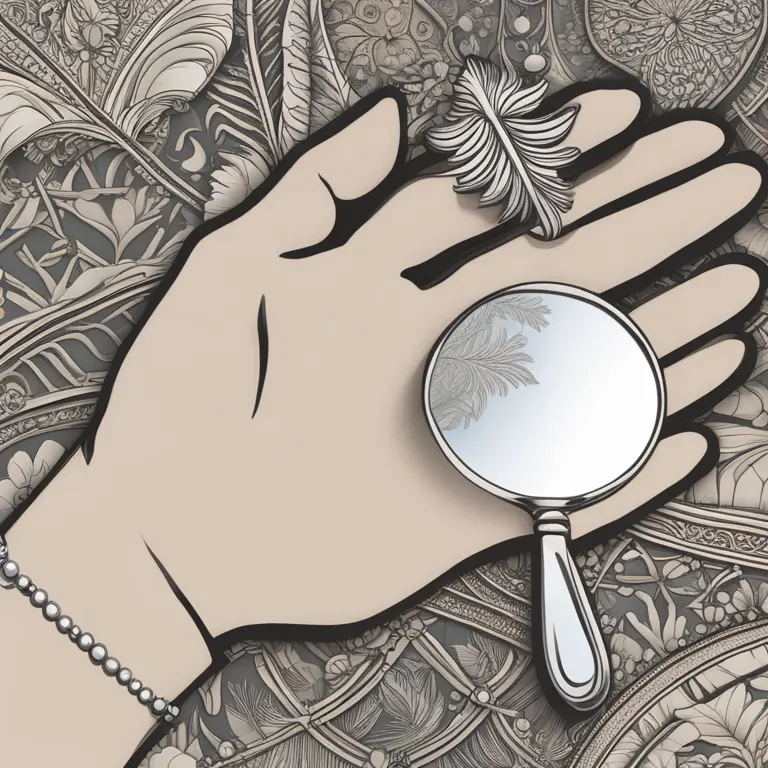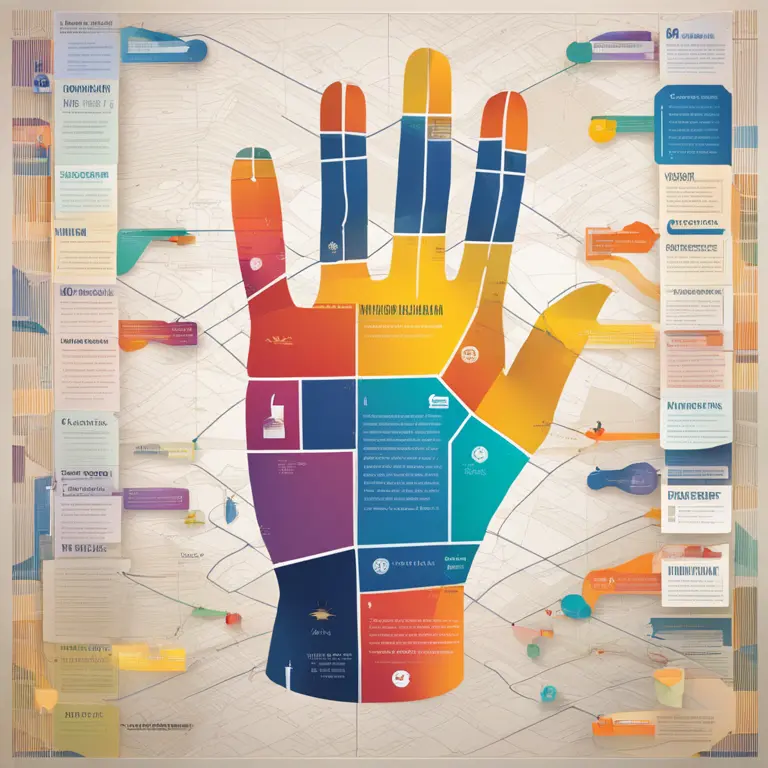
Palmistry: First Steps in Hand Analysis
Embark on the captivating journey of palmistry; learn to read the secrets etched in the lines of the hand with this insightful beginner's guide.
article by Nora Pennington
The Roots of Palmistry
While the practice of palmistry, also known as chiromancy, is shrouded in the mists of time, it has been a part of human culture for millennia, captivating minds in cultures from Vedic India to ancient Greece. Today, palmistry fuses historical techniques with modern psychological insights, offering a unique blend of ancient wisdom and contemporary understanding. If you're a curious newcomer, palmistry can be not only an intriguing hobby but also a way to gain self-awareness and insight into your path in life.

The Map of the Hand
Palmists view the hand as a vibrant map that reflects an individual’s personality, life experiences, and potential futures. The two primary aspects analyzed are the lines on the palm and the physical features of the hand. The three major lines to begin your study with are the Life Line, the Head Line, and the Heart Line, each telling its own story about the subject’s vitality, intellect, and emotional nature. The shapes, sizes, and intersections of these lines can be surprisingly revealing.

Interpreting the Major Lines
The Life Line curves around the thumb and offers insights into vitality and life changes. A strong, deep line suggests vitality, while breaks can indicate significant life events. The Head Line represents intellectual leanings and communicative abilities. A straight line implies clear, structured thinking, whereas a wavy line suggests a creative thinker. The Heart Line, arching above the Head Line, speaks to emotional and romantic perspectives. A long, unbroken Heart Line may denote a stable and serene emotional state.

The Significance of Hand Shapes
Beyond the lines, the shape of the hand and fingers also holds meaning in palmistry. There are generally four elemental hand shapes associated with the corresponding elements: Earth, Air, Fire, and Water. Earth hands are typically broad with short fingers, denoting practical and responsible qualities. Air hands have square palms with longer fingers, suggesting intellectual and social attributes. Fire hands are marked by long palms and short fingers, often reflecting leadership skills. Lastly, Water hands are noted for long palms and long fingers, an indicator of creativity and sensitivity.

Thumb Analysis and Fingers
The thumb and fingers can yield additional insights into an individual's personality. The thumb reflects willpower and logic, with its flexibility and length offering clues about one’s determination and self-control. Each finger is connected to different planetary influences and areas of life, from ambition and self-identity to relationships and communication. Learning about the characteristics associated with each finger provides a deeper understanding of a person’s strengths and weaknesses.
Mounts and Minor Lines
The mounts of the hand, located at the base of each finger and the palm, correspond to different aspects of one’s life, such as love, ambition, and creativity. Palmists examine the prominence and quality of these mounts for further insights. Additionally, there are several secondary lines worth studying, like the Fate Line, which addresses work and career, and the Sun Line, indicative of fame and success. A beginner should first familiarize themselves with the major lines before delving into these more nuanced features.
The Fusion of Palmistry and Psychology
In modern times, palmistry is often seen through the lens of psychology. The hand serves as a reflection of the unconscious mind, providing cues to subconscious traits or tendencies. By combining traditional palmistic interpretations with a psychological approach, practitioners can offer more holistic readings. As a beginner in 2024, acknowledging this blend of the esoteric and the psychological can enrich your understanding of palmistry's contemporary relevance.
Beginning Your Palmistry Practice
As you embark on your palmistry journey, start by examining your own hands and the hands of willing friends and family. Take notes and photographs to track your observations. Remember, palmistry is as much about intuition as it is about knowledge. Keep an open mind, respect the complexity of this ancient art, and practice regularly. Over time, your skills in interpreting the stories held within the palms will grow, opening up new perspectives on the human experience.
Published: 1/11/2024
Modified: 1/12/2024
More predictions
Come back here soon to learn more about yourself and your future


The Possibility of Palmistry in Cancer Detection
Examining the claims that palmistry holds any potential in identifying the risk of cancer: a deep dive into the world of mysticism and medicine.


Can Palmistry Foresee One’s Demise?
Delve into the contentious debate about whether palmistry can predict the end of life and the ethical considerations of such a claim.


The Essence of Palmistry: Interpreting Lines and Shapes
Delve into the world of palmistry to discover the meanings behind the lines and shapes etched into the palms of your hands.